9 workplace inclusion questions answered - and tips from 30 DEI experts
We’ve just wrapped up our annual Festival of Workplace Inclusion - our virtual event exploring inclusion for neurodivergent, disabled & multilingual employees.
Over two days, 20 companies and 30 diversity, equity and inclusion (DEI) experts came together to gaze towards a more inclusive world of work. More than 4,000 people joined us from across the world to listen in on sessions designed to help organizations improve the employee experience, for all.
Did you miss it?
Don’t worry! We’ve recorded all sessions and they’re available to view on demand here for the next 30 days.
We’ve also noted down some of our key highlights from the festival below. Have a read and gain some insights into advice some of our speakers shared!
9 key takeaways for improving inclusion at work
But first, let's take a moment to celebrate diversity!
As Texthelp’s Chief People Officer says “Great minds think differently!” - when diverse experiences, abilities and minds come together, great things happen!
Echoing this, our keynote speaker - a famous TV presenter with dyslexia - shared why neurodivergence isn’t about limitations.
“For me, it really is a gift to have dyslexia. It’s an add-ability. You are thinking in a different way. Granted, I struggle with a lot of things in life, but I have this nugget of like, I've got dyslexia. I can solve this. And in every aspect of my life I use my dyslexia, or my dyslexia uses me as such, to see things slightly differently.”
When organizations embrace different ways of thinking and working, they benefit from a workforce of diverse thinkers and do-ers, coming together to innovate, create, and thrive.
Speaking on this, our keynote said;
“If you are a company and you've got everyone thinking exactly the same, you're always going to come up with the same solution to the same problem. But being dyslexic, you will come up with a completely different solution to the problem. And maybe that solution's better or worse, but it's better than having the world all gray. If we're all going the same way, we're all on the same path. It's much more fun having people that think differently…”
Below, we answer 9 key questions around workplace inclusion based on advice shared by our festival speakers. Read on and gain tips that'll help you revolutionize inclusion in your workplace.
- How can we power up inclusive recruitment?
- How can we create a culture of confidence where people feel comfortable bringing their full selves to work?
- How can we lead a successful DEI agenda?
- What role does technology play in creating an inclusive workplace?
- How does disability inclusion fit into ESG (Environmental, Social, Governance)?
- How does Universal Design improve the employee experience?
- How can I make a personal impact for inclusion in the workplace?
- How can we harness new technologies to revolutionize workplace inclusion?
- How can we raise the bar for workplace inclusion?
1. How can we power up inclusive recruitment?
- By recruiting in a way that’s accessible and flexible to different needs, we can attract diverse talent. But what does this look like? And how can go beyond, and ensure that newly welcomed talent is also encouraged to progress within the organization?
Shedding some light on this was Hiren Shukla, Neuro-Diverse Centre of Excellence Leader at Ernst & Young (EY);
“We decided to move to a recruitment process that was more focused on performance and observation over a period of time. This takes us a week to do at EY. We call it super week…one week upfront of assessment of an individual simulating the work environment, looking for three key items: aptitude, acumen, and interest.”
Going beyond recruiting inclusively, EY also recognizes the need to provide a working environment that empowers all talent to thrive. For example, they provide inclusive tools to support diverse needs.
As leader of their Neuro-Diverse Centre of Excellence - which helps EY to source, train and support neurodivergent professionals in 8 countries - Hiren also shared their concept of creating ‘High belonging teams’;
“This concept of high belonging teams, really sets upon the managers, the leaders, and the team members to create psychological safety for all of us so that, regardless of our differences, we can bring our authentic selves to work.”
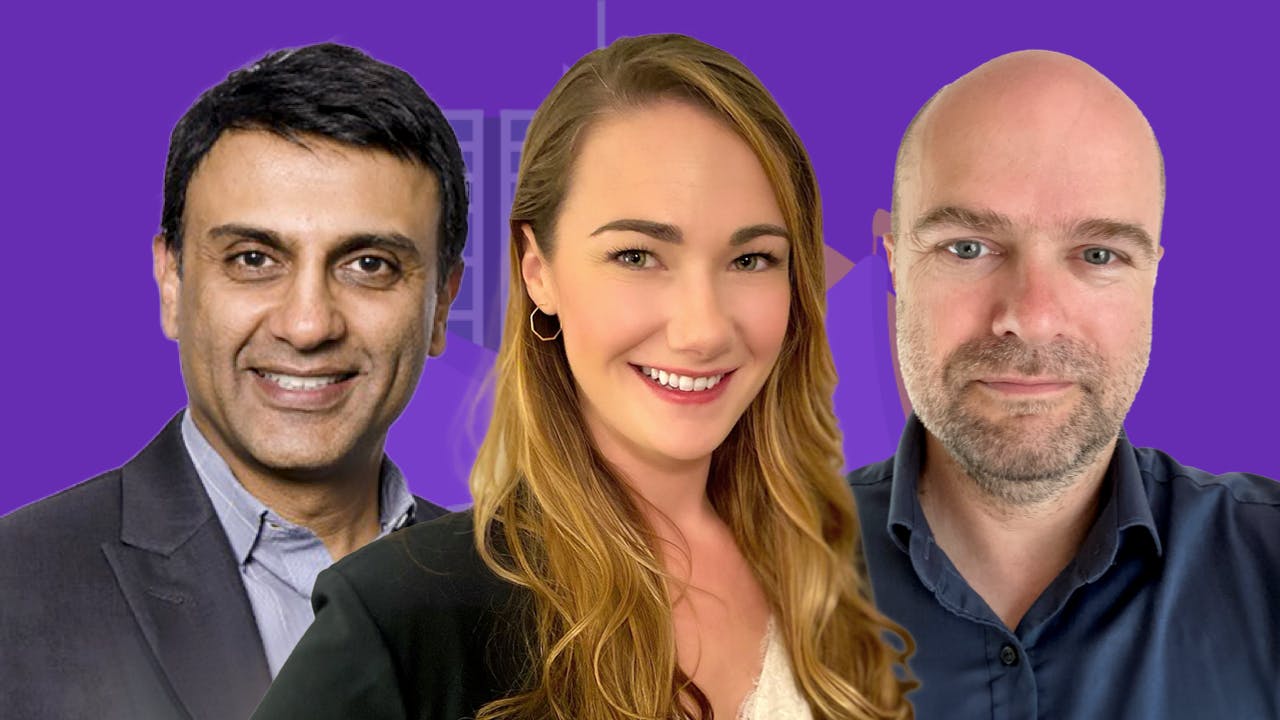
Register to watch Hiren’s session on demand, and discover how Neurodiversity Programs offer a holistic approach to inclusive recruitment. You’ll also hear from 2 other leaders of Neurodiversity Programs. Together, they share how to promote success of prospective talent while empowering thriving careers of existing employees.
2. How can we create a culture of confidence where people feel comfortable bringing their full selves to work?
- This means creating a culture that celebrates differences, amplifies employee voices, and creates a sense of belonging for all.
76% of employees and 80% of leaders with a disability or neurodiverse condition do not fully disclose this at work. When we (Texthelp) looked into the reasons why, we found the most common being:
- Worry that it would negatively impact career
- And, a concern over managers and colleagues viewing them differently
- Others included an uncertainty over how to raise the topic
Joseph Riddle, Director of Neurodiversity in the Workplace highlights how to create a culture where people feel comfortable to be themselves;
‘Employers need to realize that it's not just as simple as saying, "Hey, it's okay, we are a safe space"...You have to set some parameters. You have to put some energy and effort into creating that culture and creating that safe space.
One of the first places that you can start is creating a sense of community and allowing some people who identify with neurodivergence to come together and say, "Here's the first steps that are needed in this specific place." Every workplace is going to be a little bit different. And then, coupled with the ability to provide support for people, so that people know that it's a whole encompassing culture.”
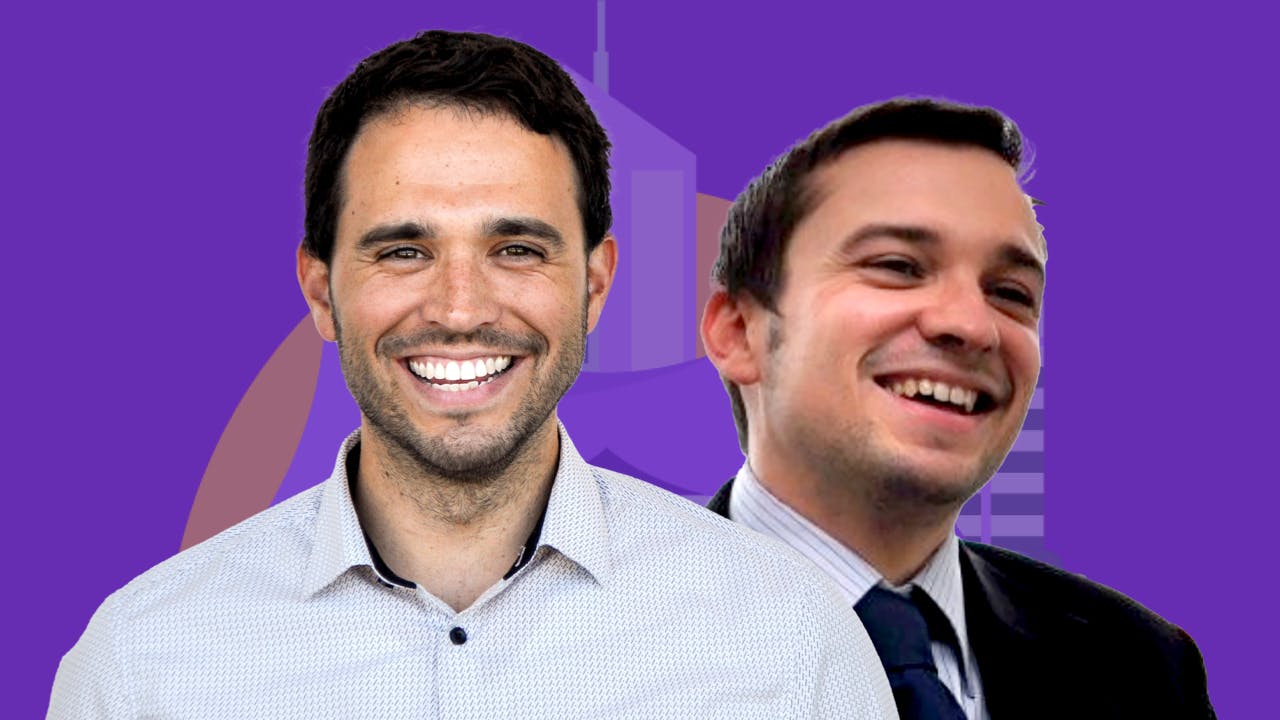
Discover more from Joseph by registering to watch our sessions on demand. In his ‘Neuro-inclusion Hackathon’ session, he is joined by Dan Harris, Founder and CEO of Neurodiversity in Business, to hack common questions to neuro-inclusion.
3. How can we lead a successful DEI agenda?
- Over the past few years, with Covid-19 amplifying workforce issues at a board level, companies have seen an elevated talent and culture agenda in the boardroom. Today's people and DEI leaders are being looked to now more than ever. So how can they lead a successful HR and DEI agenda, while meeting the demands of a more strategic and influential role?
For Miranda McCarthy, DEI Lead at MassMutual, a key process was to build DEI measures into their annual incentive program. They set annual goals and share progress on these. This has helped them to ensure diversity and inclusion remains a priority;
“Since we have fostered a deeper commitment, and I think a more tangible commitment from our senior leadership team, the conversations that they're having in these town halls, and in these panel discussions, and in these boardrooms really has completely changed because what you measure is what you care about, right? Ever since we started measuring that, we've seen some pretty impactful changes.”
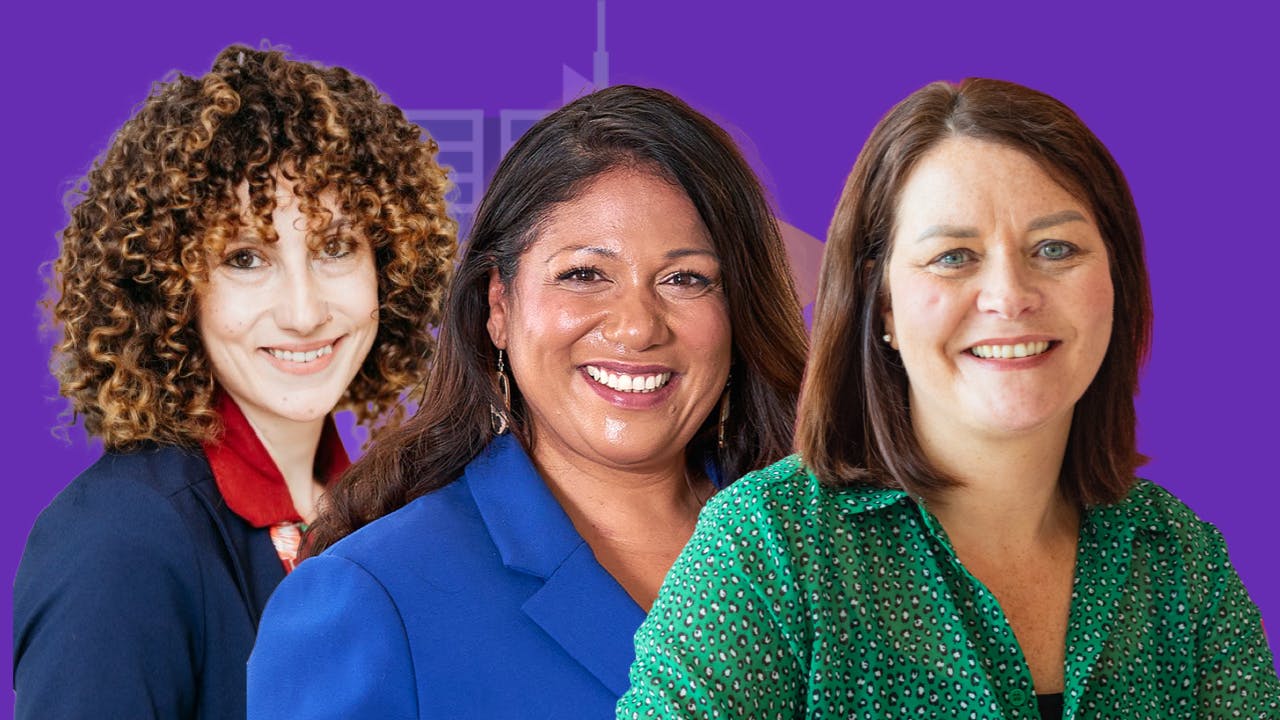
Register to view this session on demand and discover the impact this has made. You’ll also hear from Texthelp’s Chief People Officer, and EY Ireland’s DEI Country Lead, who joined Miranda to explore ‘Inclusive Leadership: Strategies for HR & DEI Success’.
4. What role does technology play in creating an inclusive workplace?
- Inclusive technology offers a small change that can lead to great results for disability and neuro-inclusion. But how is this achieved, and what’s the impact?
Rita Isaac, L&D Coordinator and Disability & Neurodiversity ERG Co-Lead at CIPD, shares how a company-wide approach can lead to big strides;
“We are the Chartered Institute of Personnel and Development. We champion better work and working lives, so we do value and we champion diversity and equality and inclusion. And we do understand that even if you attract a diverse pool of candidates and workforce, if you don't then make them feel like they belong, if you don't work on the inclusion piece, the turnover will just be huge. One thing doesn't work without the other…
“Technology can help make sure that there's a playing field for everyone to have equity besides organizations having diversity. At CIPD, we rolled out inclusive software this year. It contributes to our inclusion strategy by making our work culture more inclusive, because everyone has access to it from day one…you don't have to disclose anything that you don't want. You don't have to know exactly what you need, you just trial and experiment with it, and it's just there for everyone. I think that it does make a big difference in making your organization more inclusive by removing barriers that might exist, but also by removing barriers to access the technology itself.”
As a user of the software, Read&Write for Work, Rita also shares the personal impact;
“For me, being dyslexic and having a desk-based job means that sometimes I struggle with focus and processing information for long periods of time. And sometimes even simple things such as writing...When I came across Read&Write, I realized that using the screenwriter, the speech to text tool, the screen masking, all of that together was allowing me to circumvent those difficulties that I was having on a daily basis.”
Hear more from Rita by registering to watch her session on demand.
5. How does disability inclusion fit into ESG (Environmental, Social, Governance)?
- As organizations we all have a social responsibility to make a difference outside of our organization. So why and how can we incorporate disability and neuro-inclusion into our company ESG strategy?
On the why, Jill Houghton, CEO of Disability:IN shared;
“We believe that disability is a strength, that it's a beautiful part of the human experience, and it's natural. In fact, there are over a billion people with disabilities, with apparent and non-apparent disabilities, all different kinds of disabilities, around the globe. And yet we, as people, have been faced... Lack of access, and discrimination, and underrepresentation in the workforce, unemployment and underemployment. At Disability:IN, we've been laser focused on addressing that."
Emphasizing Jill's thoughts are the statistics which show that among disabled and neurodivergent talent there are higher rates of unemployment and underemployment compared to the general population. For example, in the UK just 53% of working age disabled adults are in work, compared to 83% of their non-disabled peers.
Not only is disability inclusion the right move for responsible businesses, it’s also advantageous for business growth and sustainability. Jill explained;
“We created the Disability Equality Index to help businesses identify actions that they can take, inside and outside of the company, to advance their work around disability inclusion…Accenture studied the data from the Disability Equality Index, from the first five years, and what did they find? They found that companies that were actually improving their journey, improving their efforts around disability inclusion over time, actually had four times greater total shareholder returns. They found 28% higher revenue among top scoring companies, two times higher on net income, and 30% more on economic profit margins.”
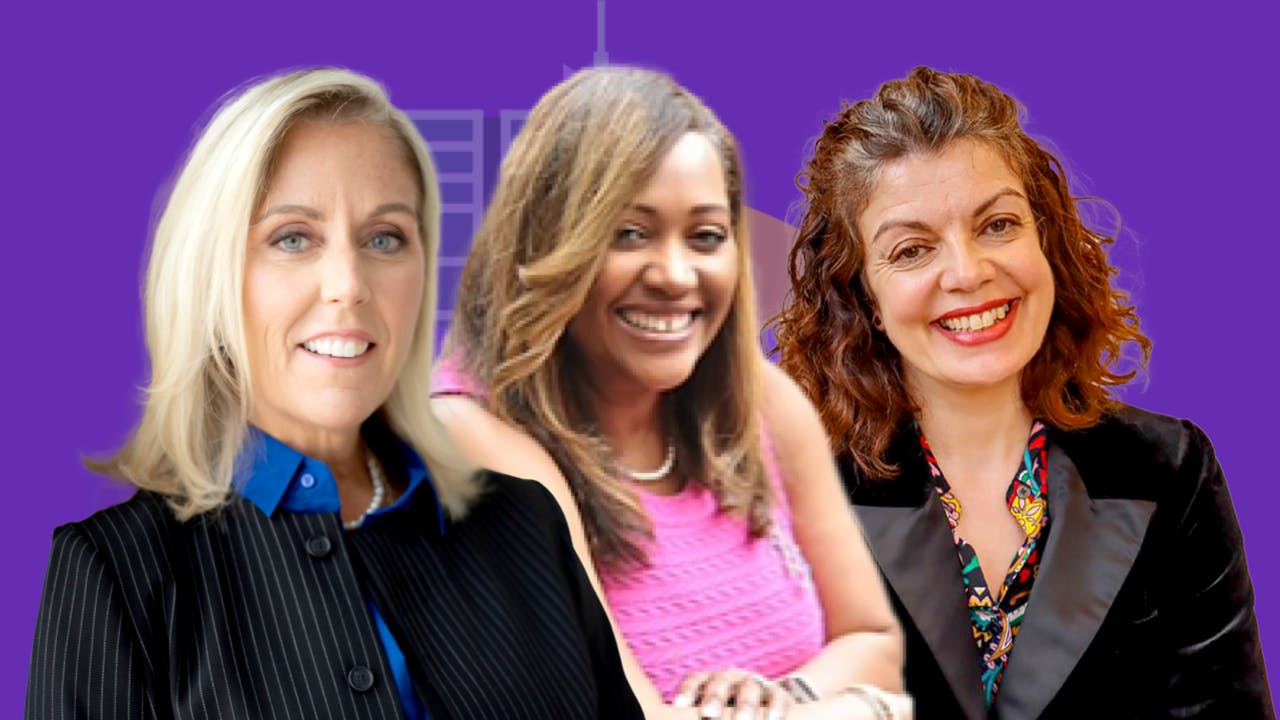
During our session “ESG: The code to unlocking a fairer working world”, Jill was joined by Diane Lightfoot, CEO of the Business Disability Forum, and Marcia Duke, DEI Lead at MassMutual. Together they discussed how businesses can build disability inclusion into their ESG strategies. Register to watch the recording. There, you’ll discover Diane’s 4 key building blocks to successful ESG reporting and data collection. And hear practical strategies as Marcia shares what actions they’ve found successful within MassMutual.
6. How does Universal Design improve the employee experience?
- Universal Design makes sure that products and environments are usable to all people, by design. How can this approach be used to improve the employee experience?
Educators have long adopted this concept, creating classrooms where learners with diverse abilities can work together side by side. They're provided with multiple means of perceiving, comprehending and expressing their learning.
Explaining how it can be used within the world of work, Amanda Kirby, Founder and CEO of Do-IT Solutions shares;
“We often design our environments by rigid specifications for this average mythical person…in our population, we've got one in three people who are shortsighted. One in 12 males are colorblind. 10% of people in the UK write with their left hand. You start to say, what is average and who is actually average?...
…what it means when society's got this rigid structure, 15 to 20% of [neurodivergent] people who do things differently from that social norm are excluded from workplaces or can't optimize their talents, or we create barriers to their potential success.”
Sharing how Universal Design can make a difference to an organization, Amanda highlights;
“There are key advantages for utilizing Universal Design principles.
- A broader talent pool, increased productivity and better team cohesion
- Better communication within teams because we understand each other better
- Better creativity, because you're allowing people in who've got novel solutions to thrive, and also the ones you've already got in your organization.”
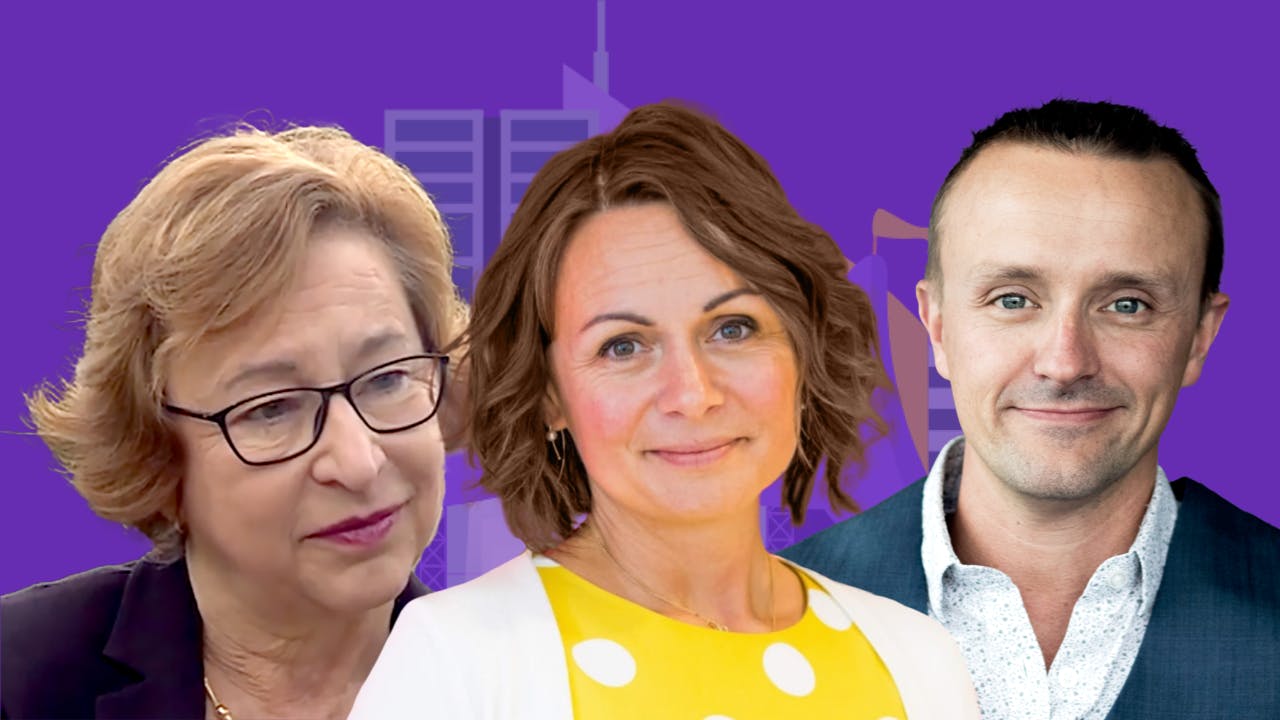
Register to hear Amanda discuss the five approaches to universal design for the workplace. You’ll also gain advice from Nancy Doyle, Chief Research Officer at Genius Within, as she shares 6 stages to using these principles to improve the employee lifecycle. Texthelp’s Jason Carroll also explains how inclusive technology contributes to a universally designed working environment.
7. How can I make a personal impact for inclusion in the workplace?
- Each of us has a responsibility to make sure that those around us feel welcomed, included, and heard. No matter what our role is, we can all make a difference for inclusion. But what does this look like at work?
Ryan Graham, Executive Sponsor for Texthelp’s Enable ERG (Employee Resource Group) shares;
“There are lots of ways that you can be an ally for inclusion. For example, you could be a sponsor. A sponsor is someone who is vocally supportive of the work that your colleagues from underrepresented groups do. You could be an upstander, which is someone who sees behaviors and attempts to address them in a public forum. You could be an amplifier, someone who agrees with good behaviors and attributes credit to them. Or, you could be a confidant, someone who creates a sea of space for members of underrepresented groups so they can really feel free to express their feelings and their needs.”
Another way is by becoming a member of an ERG, which are voluntary, employee-led groups with an aim of improving diversity and inclusion in the workplace. Made up of a group of like-minded individuals working towards a united goal, ERGs can make a big impact.
As Texthelp’s Chief People Officer, Ryan volunteered as Executive Sponsor of Texthelp’s disability and neurodiversity ERG. Sponsoring the ERG at a senior level, Ryan is responsible for actively supporting the ERGs goals, and helping to drive culture change through their vision.
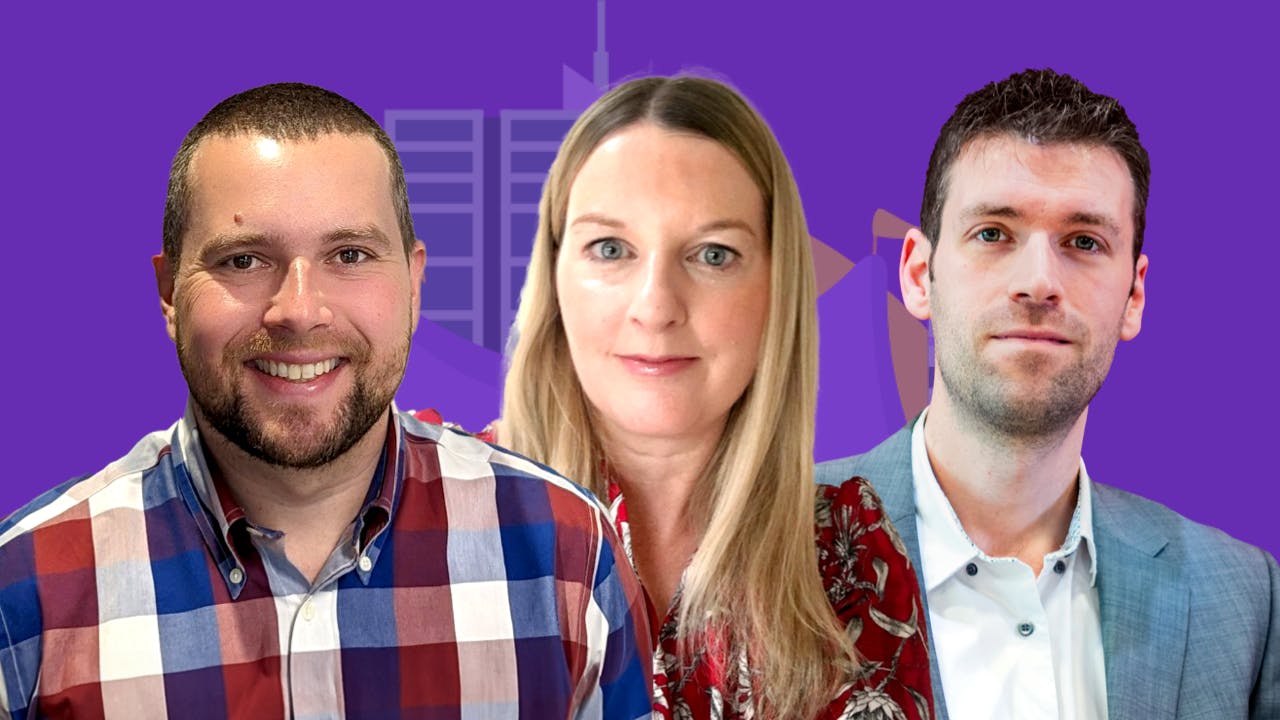
In his session “Scaling up allyship: the role of ERGs and beyond”, Ryan shared 3 key ingredients to building an ERG. Register to watch the session on demand. You’ll also hear from Christine Lydon from FleishmanHillard and Chris Farrington from Randstad - both Co-Chair’s of their organization’s ERGs.
8. How can we harness new technologies to revolutionize workplace inclusion?
- With emerging technologies, and the rising role of Artificial Intelligence (AI) in business, it's not surprising that 42% of business leaders expect that over the next 2-4 years, technology will help drive better organizational outcomes. But how can harness these technologies and build them into our diversity and inclusion strategies?
Katie King, Author, Keynote speaker, and CEO of Ai in Business shared how Ai has a big role to play from a diversity and inclusion perspective;
“It's enabling people to segment and understand their customers or clients and be able to cater to their needs both physically and digitally.”
Offering examples, Katie shared how it can be used to do this in a number of ways. From using facial recognition to initiate an accessible way of interacting with a customer. To using augmented reality to challenge stigma around mental health and disability.
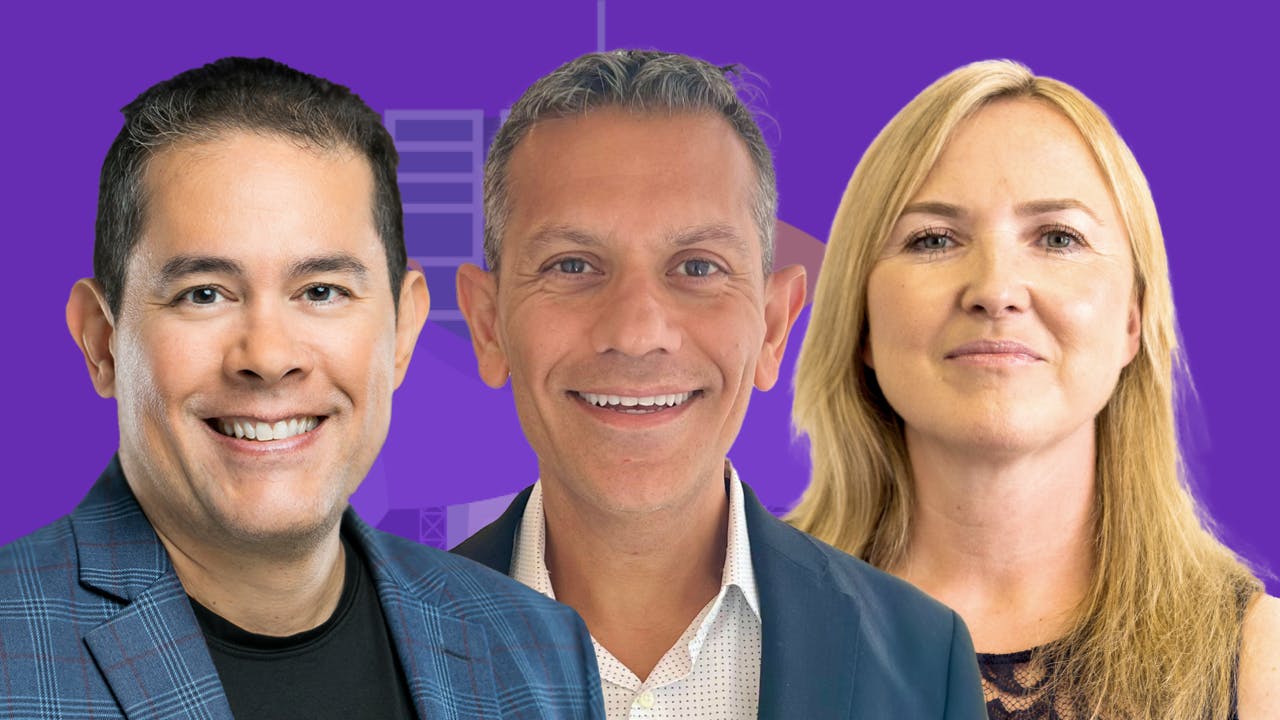
During her session, Katie also shared how businesses can stay ahead of emerging tech to make use of its potential. Joining Katie was Ryan Graham, Chief Technology Officer at Texthelp, Bhushan Sethi, Partner at a multinational professional services brand, and Stephen Framil, Corporate Global Head of Accessibility at Merck. Together, they also explored how technology can be used to empower employees to become the best versions of themselves. Register to watch the session and discover their insights.
9. How can we raise the bar for workplace inclusion?
- We realize that being passionate about DEI can lead to some big ambitions and big goals. So during our festival we addressed the question - how can we succeed?
We invited Caroline Casey, Founder of the Valuable 500 to chat to us as a keynote speaker. With a pretty big vision to end disability exclusion, Caroline has successfully gained the commitment of over 500 companies, serving over 22 million employees in 64 sectors across 41 countries!
Offering her advice Caroline shares;
“The big, hairy, ambitious thing is first to admit that you don't know. One of the greatest things one of our valuable 500 leaders has ever said is, "I don't know how to do this. I'm proud about what I've done in one area, but I just do not know how to do this." For me, that is the first, the biggest ambitious thing you can do is to be accountable. Say what you do and you don't know.”
Continuing, Caroline highlights the importance of taking action to learn;
“The most radical thing anybody can do is to say, "Right, we need to get on top of this. How do we do it?..." Ask, be curious. Talk to your people, inside and externally to your business. And most importantly, go out and find communities, organizations, networks that are already doing it. Do not spend time and energy recreating the wheel. We have so much learning that we can share."
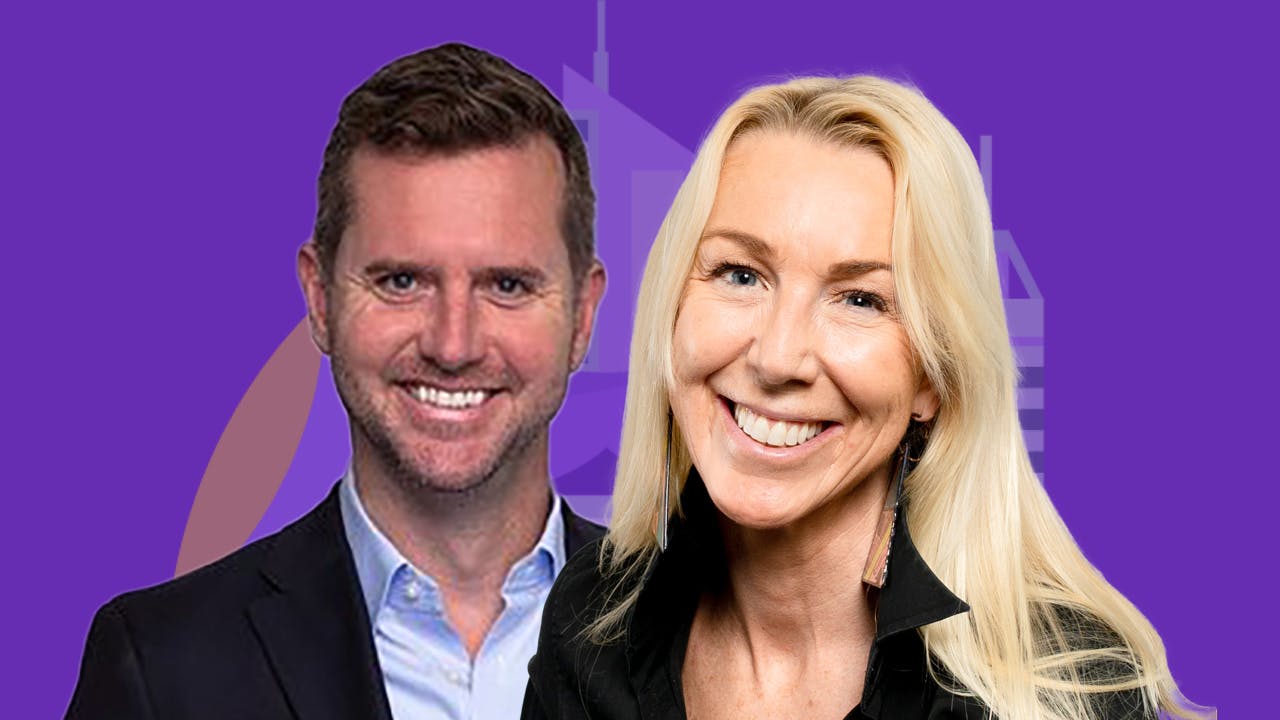
Register to watch our festival on demand and gain advice from Caroline as she also shares how to set achievable goals and measure success.
Gain more insights…
30 experts in the space of diversity and inclusion came together to deliver our Festival of Workplace Inclusion. We recorded all sessions so we could share their insights with as many people as possible - and you can watch them now for free.
If you attended our festival, we hope you found the event enlightening. Please feel free to reach out to us to discover how we can help all your employees to reach their full potential.
